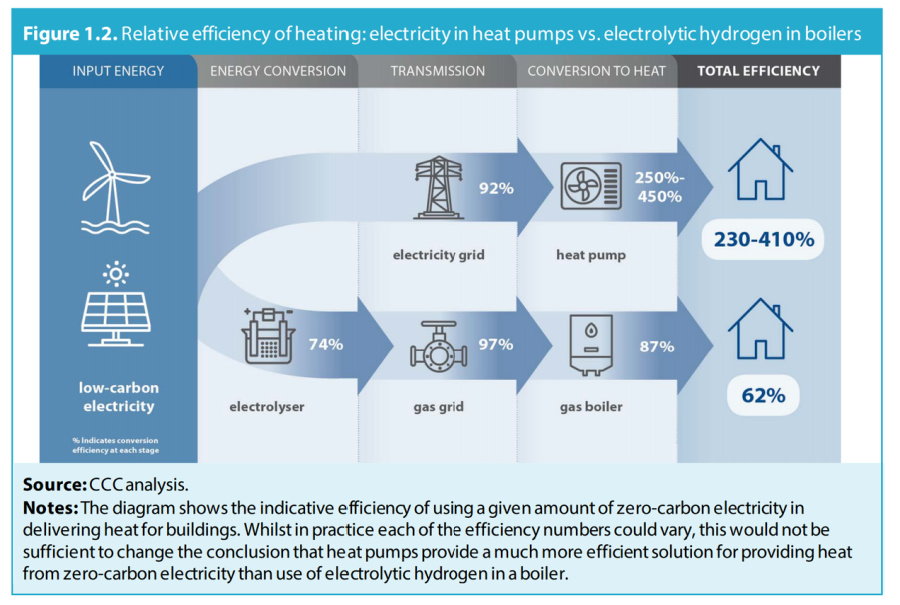
Data from the International Energy Agency (IEA) show hydrogen demand was about 90 million tonnes (Mt) in 2020, up from about 60 Mt in 2000. (Source: Shutterstock.com)
Learn more about Hart Energy Conferences
Get our latest conference schedules, updates and insights straight to your inbox.
HOUSTON—Momentum is building for development of clean hydrogen, given its ability to decarbonize high-emitting sectors such as aviation and shipping, but some experts warn supporters of the energy source to watch out for potential pitfalls and risks.
While substantial investment in infrastructure or production optimization to help scale up hydrogen and lower costs will be needed, initial focus should be on creating demand centers. A logical place to start is where hydrogen demand already exists, according to Rachel Fakhry, director of clean energy innovation for the Natural Resources Defense Council, a New York-headquartered environmental advocacy group.
“In terms of demand creation, let’s look at … the most ‘no regret’ sectors where hydrogen is poised to play an important role and those are, of course, existing users of hydrogen,” Fakhry said at a hydrogen conference in April. These include ammonia production and refining.
Instead of creating demand centers for buildings and cars, where she said better solutions exist. “Let’s look at those sectors that are quasi ready to be deployed, like steel [and] maritime shipping,” which may need a nudge toward commercialization to grow demand and lower emissions.
Data from the International Energy Agency (IEA) show hydrogen demand was about 90 million tonnes (Mt) in 2020, up from about 60 Mt in 2000. Nearly all of hydrogen is being used for refining and industrial purposes—mainly for feedstock, ammonia or methanol production, or as an energy source.
Only 0.3 Mt of 2020 demand was met with low-carbon hydrogen in 2020, showing there is room for improvement, as fossil fuel-based solutions still have better economics. The IEA noted demand came from only a handful of large-scale carbon capture utilization and storage (CCUS) plants, small electrolysis units in the chemical subsector and one CCUS project in the iron and steel subsector.
New applications for hydrogen—such as with hydrogen fuel cells to power cars or homes—have been slow to take off, but the energy transition movement toward a low-carbon economy could change that with policies, consumer preference and investment playing roles.
Energy Efficiency, Density
Fakhry, one of the panelists speaking at the World Hydrogen North America conference in Houston, warned that hydrogen—which requires a lot of energy to produce—tends to be less efficient in some applications. She compared, for example, hydrogen fuel cell-powered cars to electric ones.
Battery power may be more feasible for passenger cars traveling shorter distances, while hydrogen fuel cell power may be a better option for long-hauling big rigs due to hydrogen’s higher energy density. However, high density hydrogen storage poses a transportation challenge as does the lack of ample refueling stations.
For heating buildings, electrification may be the better solution to lower emissions and hit net-zero goals, as noted in an article co-written by Fakhry and Marrian Borgeson, a senior scientist at NRDC. Heating a home with green hydrogen would require five to six times more renewable electricity than a heat pump, the two wrote, citing among others a study from the Fraunhofer Institute for Energy Economics and Energy System Technology.

“You have to be very careful where you deploy it,” Fakhry said of hydrogen during the conference. “You’re going to have huge pressure on your energy system if you’re deploying indiscriminately a resource that is at its core inefficient, relative to other [feasible] solutions.”
Lookout for Leakage
Another risk: the potential to add to pollution problems.
“When hydrogen leaks, it could have climate consequences,” Fakhry said before referring to findings in a study by the Environmental Defense Fund (EDF).
After generating electrical power in a fuel cell, hydrogen emits only water vapor and warm air. However, EDF noted CO2 can be a byproduct of hydrogen production. When emitted into the atmosphere, hydrogen can increase the amount of other greenhouse gases such as methane, causing indirect warming and contributing to climate change, EDF’s Steven Hamburg and Ilissa Ocko said in a March blog post about the study.
“That’s a problem because hydrogen’s small molecule is difficult to contain. It is known to easily leak into the atmosphere throughout the value chain,” they wrote. “The farther it travels between production and end-use the greater the potential for leakage.”
The study, currently under peer review, focused on hydrogen’s warming impact at different leakage rates in hopes of better understanding how and where to effectively deploy hydrogen. Researchers found climate consequences vary depending on the time horizon and leakage rate.
“For example, worst-case hydrogen leak rates could yield a near-doubling in radiative forcing [the difference between incoming and outgoing radiation] relative to fossil fuel counterparts in the first five years following the technology switch, but an 80% decrease in radiative forcing over the following 100 years after deployment,” the paper showed. “On the other hand, best-case hydrogen leak rates could yield an 80% decrease in radiative forcing in the first five years.”
Hydrogen is short-lived in the atmosphere, which is good, Fakhry said, but it has more warming potential than carbon when in the atmosphere. She stressed the importance of being able to measure not only big hydrogen leaks but small ones as well.
“Before we delve into a lot of infrastructure that ends up being problematic from a climate standpoint, let’s think about it a bit more,” she said. “Let’s look for those no regrets opportunities, and then as our experience and knowledge solutions develop we can build on that.”
Recommended Reading
E&P Highlights: April 15, 2024
2024-04-15 - Here’s a roundup of the latest E&P headlines, including an ultra-deepwater discovery and new contract awards.
Trio Petroleum to Increase Monterey County Oil Production
2024-04-15 - Trio Petroleum’s HH-1 well in McCool Ranch and the HV-3A well in the Presidents Field collectively produce about 75 bbl/d.
Trillion Energy Begins SASB Revitalization Project
2024-04-15 - Trillion Energy reported 49 m of new gas pay will be perforated in four wells.
Exxon Ups Mammoth Offshore Guyana Production by Another 100,000 bbl/d
2024-04-15 - Exxon Mobil, which took a final investment decision on its Whiptail development on April 12, now estimates its six offshore Guyana projects will average gross production of 1.3 MMbbl/d by 2027.
US Drillers Cut Oil, Gas Rigs for Fourth Week in a Row-Baker Hughes
2024-04-12 - The oil and gas rig count, an early indicator of future output, fell by three to 617 in the week to April 12, the lowest since November.





